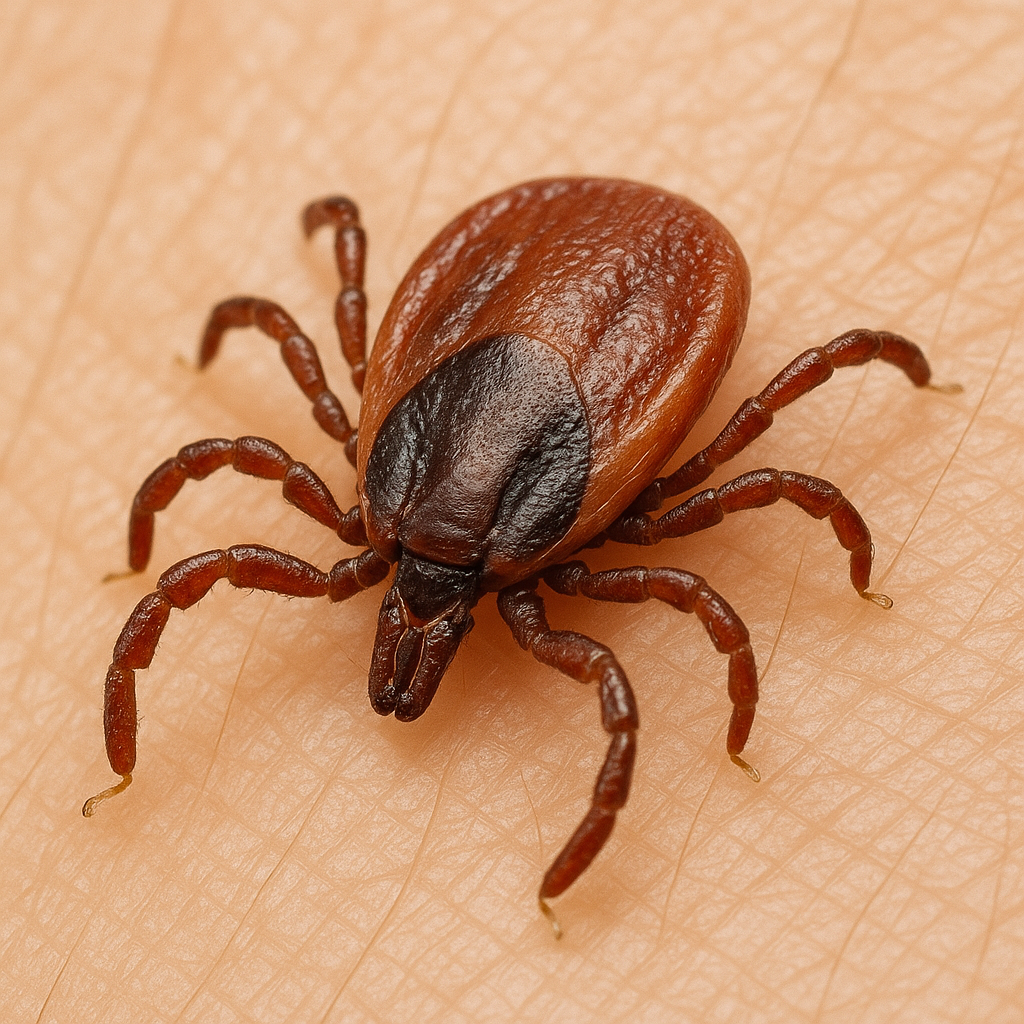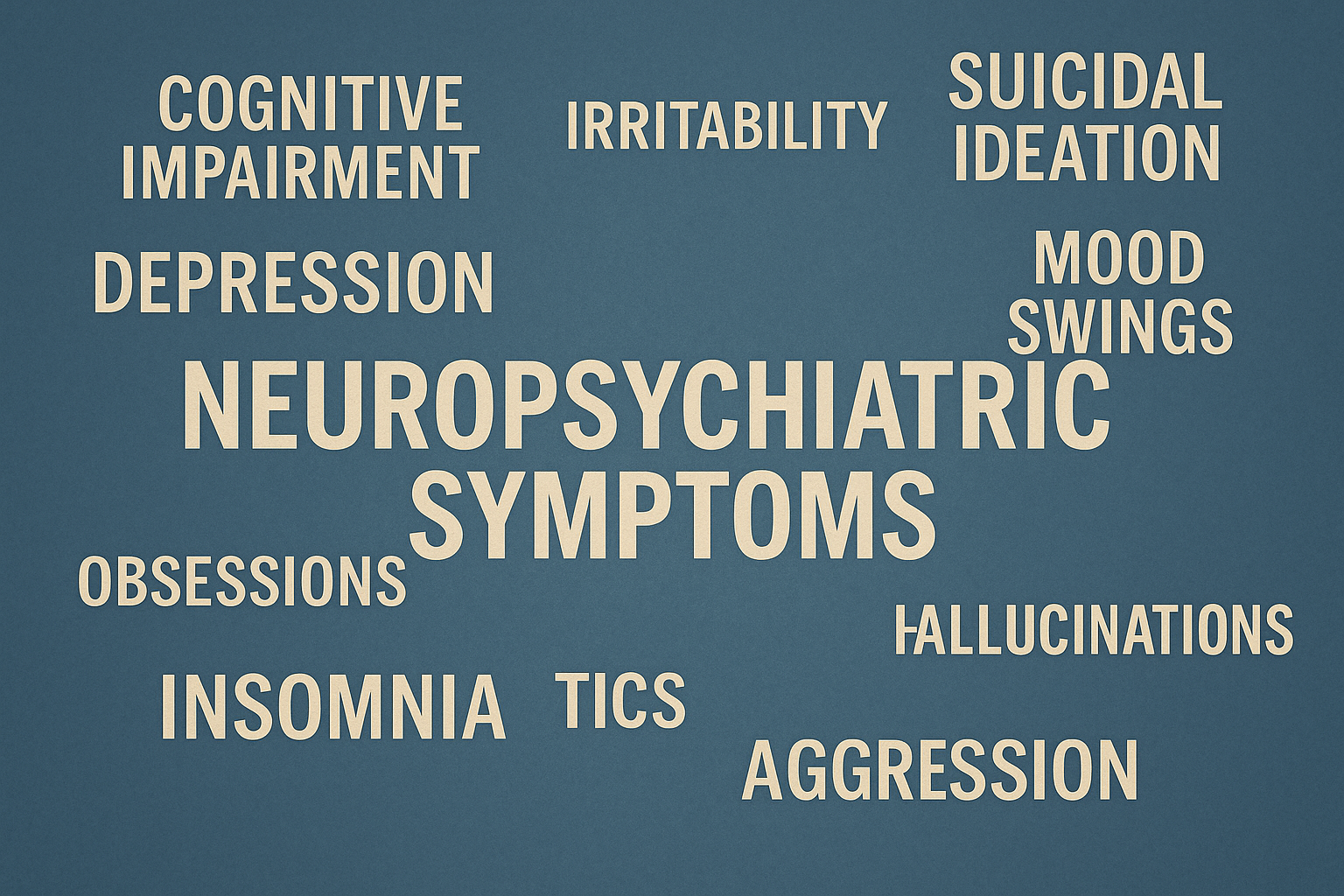Understanding the Intersection of Lyme Disease and Neuropsychiatric Symptoms
Explore the critical connection between tick-borne illnesses and sudden mental health changes in soldiers, and learn how early detection can save lives.
The Importance of Screening for Neuropsychiatric Symptoms
Why Screening Matters for Soldiers
Screening for neuropsychiatric symptoms in soldiers with recent tick exposure is vital. These symptoms can manifest abruptly, leading to severe mental health challenges. Identifying these signs early, especially in environments with high tick exposure, ensures timely intervention and reduces the risk of long-term psychological effects. Understanding the link between infections and mental health is crucial for effective treatment and support.
Steps for Effective Screening
Initial Exposure Assessment
Begin by asking about any recent tick exposure during training exercises, including specific locations like the Judean hills or Golan. Inquire about activities such as sleeping on the ground or animal contact that could increase exposure risk.
Symptom Inquiry
Ask about any sudden onset of symptoms such as severe headaches, night sweats, or cognitive fog. These can be indicative of tick-borne illnesses and require immediate attention.
Medical History and Recent Illnesses
Investigate any recent illnesses, particularly those involving fever or infections like strep throat, which could exacerbate neuropsychiatric symptoms. This information is crucial for a comprehensive evaluation.
Comprehensive Medical Workup


When addressing mental health concerns, especially in soldiers, it is crucial to integrate a thorough medical workup alongside standard evaluations. Begin with a detailed assessment of vital signs and conduct a complete blood count (CBC) and comprehensive metabolic panel (CMP). If the patient presents with fever or relapsing fever symptoms, consider adding a thick and thin blood smear or PCR testing for Borrelia during febrile episodes. In cases where Lyme disease is suspected due to exposure and symptoms, employ a two-tier serology approach, starting with EIA/ELISA followed by an immunoblot. Early serology might not always detect Lyme, so convalescent testing is advisable. For symptoms resembling PANS, investigate recent streptococcal infections through throat or perianal cultures, and perform ASO and anti-DNase B tests. Collaborate with immunopsychiatry and neurology specialists early in the process to ensure a comprehensive evaluation.
Urgent Mental Health Management
Effective Response to Suicidality and Infections
In managing mental health care for soldiers, rapid response is paramount, particularly when suicidality is a concern. Immediate mental health intervention should follow IDF protocols, which include safety planning, swift psychiatric evaluation, and the removal of potential means of self-harm. If tick-borne relapsing fever (TBRF) is suspected, especially after exposure to high-risk environments, an urgent consultation with infectious disease specialists is critical. Timely treatment is essential, as it can significantly impact the patient’s recovery and reduce psychiatric symptoms. For Lyme disease presentations, adhere to established infectious disease management pathways, addressing both the infection and any associated pain or fatigue to mitigate psychiatric burdens. In cases resembling PANS, a coordinated approach involving psychiatry, pediatrics, and neurology is recommended, as multidisciplinary care has shown to be effective in these scenarios.
Proactive Environmental Risk Reduction
Strategies for Minimizing Tick Exposure in IDF Units
For immediate support, contact the IDF 24/7 mental-health line at *6690 (ext. 4), available for soldiers and their families.
For trauma and war-related support, contact NATAL at 1-800-363-363. These resources are vital for those affected by combat trauma and related stressors.


